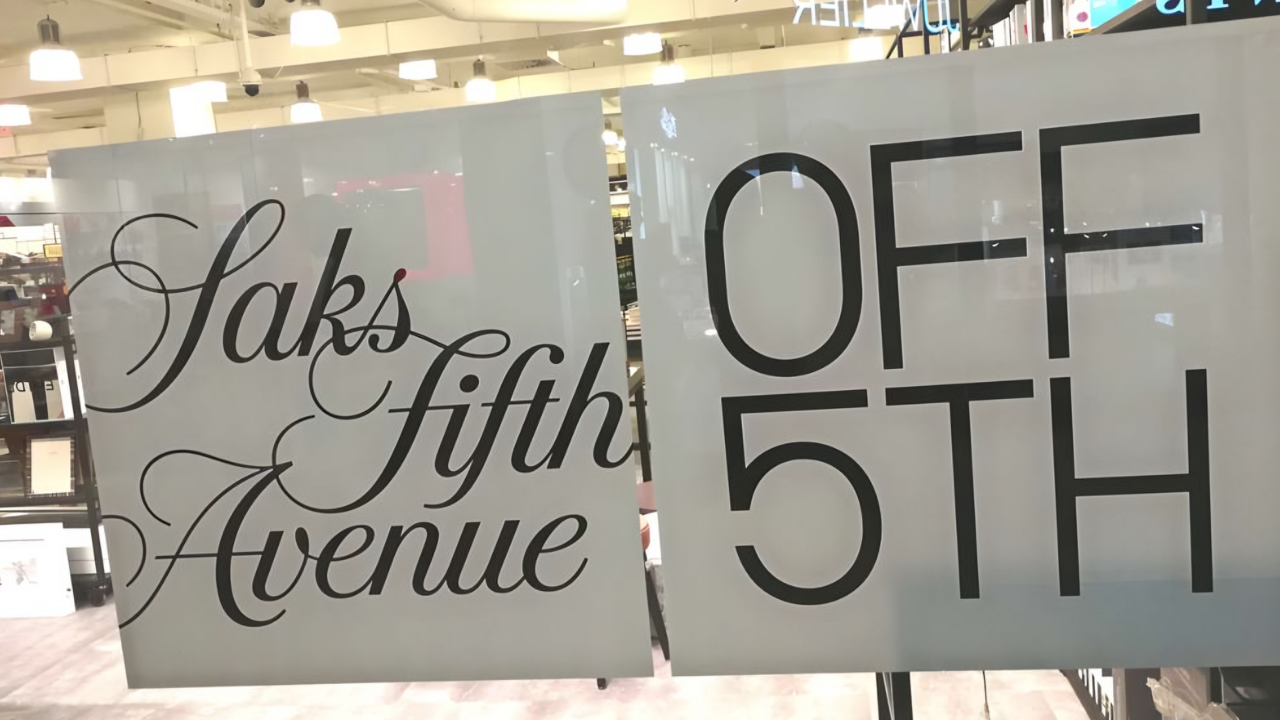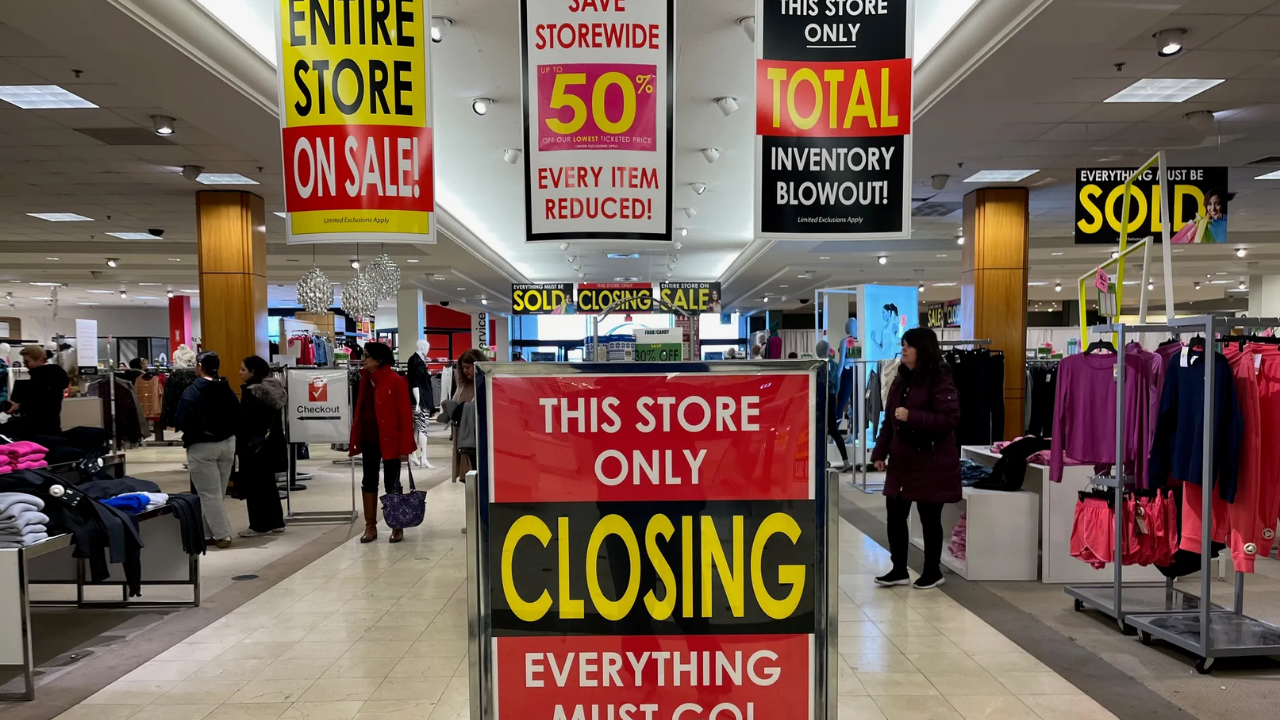
Shoppers pressed against the glass, peering into dimly lit stores as “Store Closing” signs signaled the end of an era for Saks Off 5th in Austin. Inside, racks of designer coats stood half-empty, and employees quietly folded the last of the merchandise. Across North America, nine Saks Off 5th locations were preparing to close their doors for good—a move that marks a significant shift for the discount luxury retailer and raises questions about the future of off-price shopping in a changing retail landscape.
Why Saks Off 5th Is Shutting Stores

Saks Off 5th’s parent company describes the closures as part of an “optimization strategy” aimed at focusing resources on high-performing and high-potential stores. With U.S. inflation at 3.0% as of September 2025, consumers are spending more cautiously, and retailers are under pressure to adapt. Company leadership maintains that these closures will “better position the business for long-term success” as market dynamics evolve.
The decision to close stores may seem counterintuitive during a period of elevated inflation, when shoppers are seeking bargains. However, retail analysts point to a growing overlap in the market: consumers are increasingly drawn to fast-fashion chains and online platforms, leaving traditional outlet malls behind. Even dedicated bargain hunters are shifting their attention to e-commerce, squeezing off-price luxury chains like Saks Off 5th between digital giants and fast-fashion competitors.
The Numbers and the Symbolism

The nine closures represent about 11% of Saks Off 5th’s 79 North American locations. While the company has not released specific figures on job losses, the impact on employees and their families is inevitable. The contraction signals a strategic retreat for a brand that built its reputation on making designer goods more accessible.
Among the stores slated to close is the Franklin Mills location in Philadelphia, the original Saks Off 5th store, which opened as “Saks Clearinghouse” in the early 1990s. Its closure is especially symbolic, marking a full-circle moment for a retailer once seen as the future of discount luxury shopping.
Ripple Effects for Workers and Communities

Behind each shuttered storefront are workers and families facing uncertainty. The economic impact will extend beyond store employees, affecting local businesses that depend on steady mall traffic, from janitorial services to food court vendors. In smaller markets such as West Hartford and Niagara Falls, the loss of a Saks Off 5th location will be felt even more acutely.
Competitors like Nordstrom Rack, T.J. Maxx, and Burlington are expected to benefit, with analysts predicting a modest uptick in foot traffic in overlapping markets such as Chicago and Austin. For loyal Saks Off 5th shoppers, these retailers may become the new destination for affordable designer finds.
A Broader Retail Reckoning
Saks Off 5th’s contraction is part of a larger trend across the retail sector. Macy’s, for example, plans to close 150 stores by 2026, and Forever 21 exited the U.S. market in 2025 after bankruptcy. Once considered recession-proof, off-price luxury retailers are now feeling the effects of shifting consumer habits and economic volatility.
Although inflation has moderated, costs for rent, wages, and supply chains continue to pressure margins. Retailers are responding by consolidating their operations, and Saks Off 5th’s closures reflect the same economic calculus that is reshaping storefronts nationwide.
The Shift to Digital and Changing Shopper Habits
While physical stores struggle, Saks Off 5th’s e-commerce division is thriving. The company’s online platform has seen steady growth, offering a broader selection and exclusive discounts without the overhead of brick-and-mortar locations. This digital pivot suggests a long-term shift toward online-first retail models.
Modern consumers are more value-driven but less loyal to specific retailers. The rise of online flash sales, resale platforms, and social commerce has eroded the appeal of outlet malls. Shoppers who once spent weekends browsing discount centers now search for deals from their phones, seeking instant gratification and better prices.
Looking Forward: Uncertain Terrain for Retail

The closures, scheduled for January 2026, will be accompanied by liquidation events, with many employees facing layoffs just after the holiday season. Investors and analysts generally view the move as a sign of discipline rather than distress, interpreting it as a strategic reset that prioritizes quality over quantity.
Yet the implications extend beyond business strategy. Store closures contribute to ongoing debates about sustainability and urban planning, as vacant retail spaces challenge communities to find new uses for abandoned properties.
Saks Off 5th’s retreat is more than a business decision—it reflects the broader transformation of retail in an era dominated by digital commerce and shifting consumer expectations. Whether this strategy secures the company’s future or signals deeper industry challenges remains to be seen, but the stakes are high for workers, shoppers, and communities alike.


